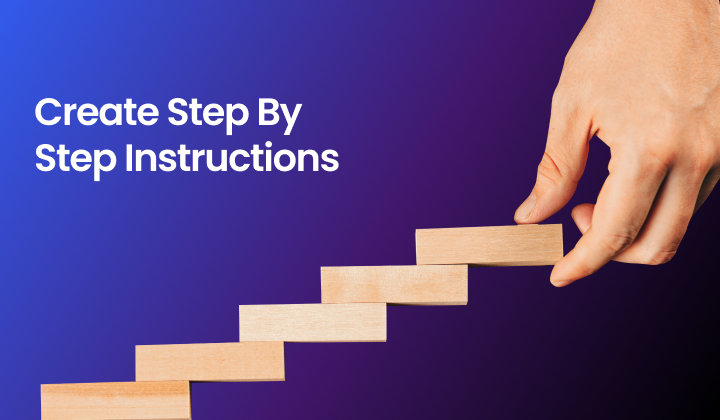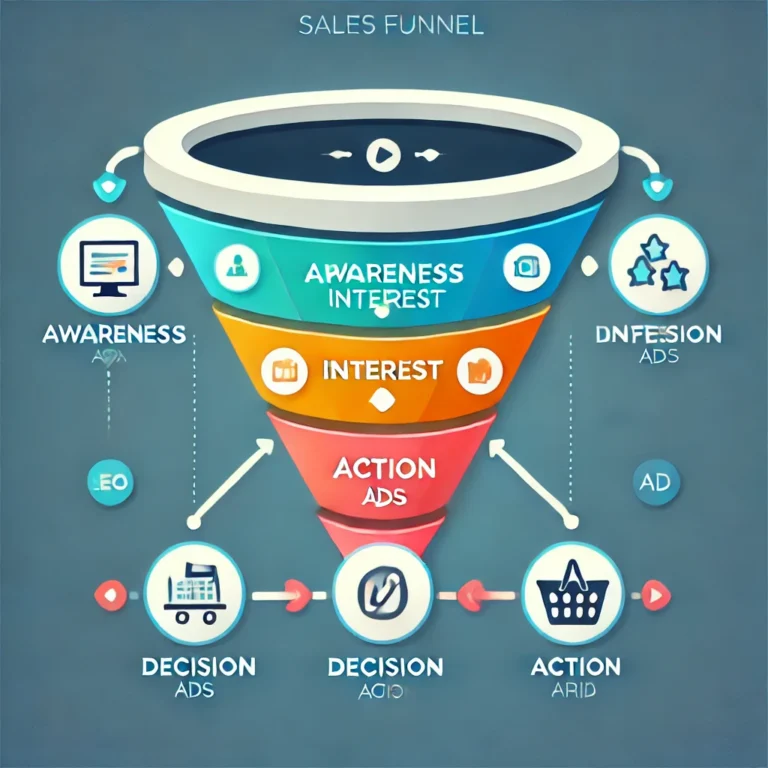The Science Behind Sales Funnels: How Psychology and Data Drive Conversions
The Science Behind Sales Funnels: How Psychology and Data Drive Conversions
Hey there! If you’ve ever wondered why some businesses seem to effortlessly convert leads into loyal customers while others struggle, the secret lies in one powerful strategy: the sales funnel.
But what exactly is a sales funnel, and why does it work so well? Is it just another marketing buzzword, or is there real science behind it?
Today, we’re going to break it all down—how sales funnels work, the psychology behind them, and the data that proves they’re effective. So, grab a coffee, and let’s dive in!
What is a Sales Funnel?
Imagine you’re shopping online for a new pair of running shoes. You browse different brands, read some reviews, maybe sign up for a discount, and finally make a purchase.
This journey—from the moment you realize you need running shoes to the final purchase—is what marketers call a sales funnel.
A sales funnel is a step-by-step process that guides potential customers from being aware of your brand to finally making a purchase (and ideally, becoming repeat buyers).
It’s called a funnel because not everyone who enters the process will make it to the end. The number of people interested in your product decreases at each stage, filtering out those who aren’t the right fit.

Here’s what a typical sales funnel looks like:
- Awareness Stage – People discover your brand.
- Interest Stage – They start researching and comparing options.
- Consideration Stage – They evaluate your offer more seriously.
- Decision Stage – They make a purchase.
- Retention & Advocacy – They keep coming back (or tell others about you).
Simple, right? Now, let’s get into the science behind why this works so well.
The Psychology Behind Sales Funnels
Marketing isn’t just about flashy ads and catchy slogans—it’s deeply rooted in human psychology. The best sales funnels are built using principles of behavioral science that drive people to take action.
1. Cognitive Biases & Decision-Making
People don’t always make logical decisions. In fact, 95% of purchasing decisions happen subconsciously (Harvard Business School).
Sales funnels work because they align with some powerful cognitive biases that influence decision-making:
- The Mere Exposure Effect – The more we see something, the more we like it. That’s why businesses invest heavily in brand awareness (think social media ads, content marketing, and email follow-ups).
- The Scarcity Principle – If something is limited, we want it more. That’s why flash sales and countdown timers boost conversions.
- Social Proof – We trust other people’s opinions. That’s why testimonials and user reviews play a massive role in decision-making.
By structuring your sales funnel to leverage these biases, you increase the chances of conversion at every stage.
2. The Buyer’s Journey & The Power of Trust
The modern consumer is more skeptical than ever. We don’t buy from brands immediately—we research, read reviews, and compare options before making a decision.
That’s why trust-building is a crucial part of the sales funnel. Here’s how top businesses do it:
- Content marketing (blog posts, videos, podcasts) educates potential customers and establishes authority.
- Lead magnets (free guides, webinars, discounts) provide value before asking for a sale.
- Retargeting ads remind people about products they viewed, reinforcing familiarity and trust.
By gradually nurturing leads, you make them feel comfortable enough to buy from you.
The Data-Driven Side of Sales Funnels
Still not convinced? Let’s talk hard data.
Conversion Rates by Funnel Stage
Studies show that out of 100 people who visit a website, only about 2-3% make a purchase. That means 97% of potential customers drop off somewhere in the funnel.
However, businesses that optimize their funnels see up to 300% higher conversion rates.
Here’s what the average conversion rates look like at different stages:
| Funnel Stage | Average Conversion Rate |
|---|---|
| Awareness (Landing Page Visitors) | 20-30% |
| Interest (Lead Magnet Signups) | 10-25% |
| Consideration (Adding to Cart) | 3-5% |
| Decision (Final Purchase) | 1-3% |
Every small improvement—like optimizing a landing page or adding email follow-ups—can significantly boost your bottom line.
How to Build a High-Converting Sales Funnel
Now that you understand the science behind sales funnels, here’s a step-by-step blueprint to create your own:
Step 1: Capture Attention (Awareness Stage)
- Use SEO & content marketing to attract organic traffic.
- Run social media & Google ads targeting your ideal audience.
- Create engaging videos & blog posts that answer common questions.
Step 2: Generate Leads (Interest Stage)
- Offer a lead magnet (free ebook, checklist, webinar).
- Collect emails in exchange for the lead magnet.
- Use email marketing to stay in touch.
Step 3: Nurture Prospects (Consideration Stage)
- Send personalized email sequences with valuable insights.
- Use social proof (reviews, testimonials, case studies).
- Offer a free trial or demo to reduce risk.
Step 4: Convert Sales (Decision Stage)
- Use limited-time offers or discounts.
- Simplify the checkout process.
- Reduce friction (offer multiple payment options, free shipping).
Step 5: Retain Customers & Encourage Referrals
- Provide amazing customer service.
- Launch a loyalty program or referral incentives.
- Send follow-up emails to re-engage past buyers.
By fine-tuning each stage, you create a seamless path from awareness to purchase—and beyond.
Final Thoughts: Why Every Business Needs a Sales Funnel
Sales funnels aren’t just a marketing trend—they’re a scientifically backed system for turning strangers into loyal customers.
By understanding the psychology of buying behavior and leveraging data-driven optimizations, you can significantly increase your conversions and revenue.
Whether you’re a small business owner, entrepreneur, or marketer, building a high-converting sales funnel is one of the smartest things you can do.
So, are you ready to optimize your funnel and watch your business grow? 🚀 Let’s make it happen! check out our 5 Best Sales Funnel Software’s: A Guide to Streamlining Your Sales Process





